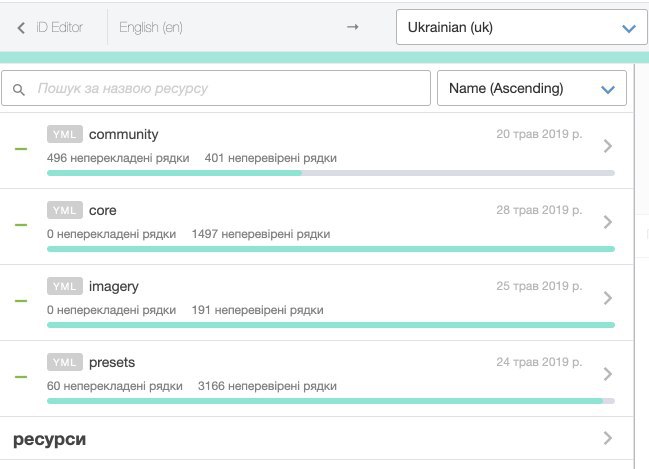Sorry to reach you so late, I’m slightly busy on my side. The question is… controversial, to say the least.
On one hand, providing a set of borders “tuned” to the specific view of a certain country is beneficial for a project. Theoretically, it allows OSM to be used in these countries, as well as provides a way to show, as you’ve put it, ‘several points of view’ and somewhat tone down possible conflicts.
On the other hand, this whole idea smells bad for my taste. The whole issue is complex as, unlike most OSM objects, national borders cannot be based solely on ground truth, they involve sociology, legal system and politics (and most communities, OSM included, tend to evade politics at all costs like wildfire). Below I’ll try to explain my views on the matter, mostly drawn from Russia/Ukraine experience since I know the details.
1. For me, drawing several borders because of ‘points of view’ is uncomfortably close to issuing a separate globe of flat Earth for people who, in spite of all scientific data, still believe that.
2. Mapping zones with ‘frozen conflicts’ comes close to drawing conflicts in general, and as far as I understand, that’s something OSM tries to steer away from. Correct me if I’m wrong, I’m no expert on the matter. I have no idea how are Syria, Afghanistan or regions around Israel mapped border-wise but I see lots of military zones there. Does Syria in OSM show Turkish or Iranian occupation zone, or territories still held by rebels? That’s not a rhetorical question.
3. OSM tends to follow the policy of ‘questionable information is better than no information’, eliminating white zones from the globe. I value information as much as the next guy, but I also understand that information not only describes the world but also influences the world back, influences the people. Russia tends to use this information to destroy, enlist ‘volunteers’ to fight at warzones (including our warzone) and bend countries with free information exchange (read: democratic countries) to her will. Providing balanced views of both the raper and the raped isn’t what I call ‘fair information representation’, but that’s not the worst point. What I’m trying to say is, trying to give a warmonger ground for talking feeds the flame of war. Make no mistake, they already use OSM in their hybrid war efforts and will continue to do so. That’s the point where editing information on the map starts taking its toll in human lives, even if indirectly. Since I tend to avoid such mapping myself for reasons described above I wonder how other mappers cope with responsibility issues.
Lack of information on the map in a bad thing. It is a situation where there is no good solution, only bad and worse. Mapping several borders tailored to tastes of different people is obviously not the most truthful solution but seems to be the easiest to implement in terms of public support (or, rather, public resistance). Still, I would not give it much hope in terms of protecting OSM from being banned in certain legislatures (or from edit wars). It is a half-measure with all the effects that go with it. My experience tells me authoritarian regimes treat gestures of good will as an invitation to push harder. If you’re interested in examples, Rutracker, a Russian torrent tracker, based its policy on full cooperation with authorities to avoid being banned. It was banned several years later, so this solution effectively postponed the sentence, not prevented it (and caused moral compromises and bad PR, obviously).
– Kilkenni

